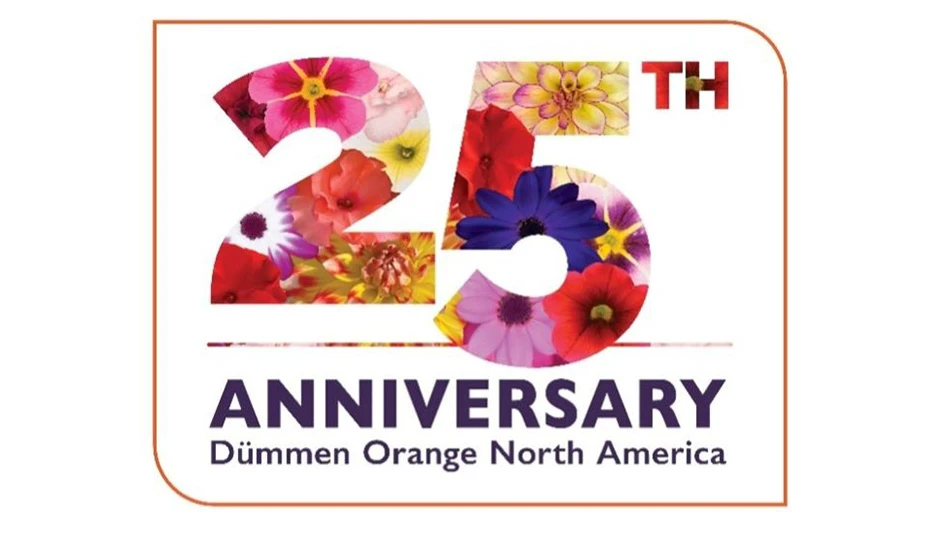
Greenhouse Management: What originally interested you and the rest of the team at West Virginia in robotic pollination?
Yu Gu: This new project is actually our second pollination project. The first project was more about building a proof of concept, building a system that can pollinate flowers. So, we demonstrated that and now we are trying build a system that’s more practical and, eventually, hopefully, go into ag production. There are different aspects of this that interest me and [the team]. One is the impact because, from a pollination point of view, this should be a way to deal with the shrinking bee population. From an engineering point of view, it’s just a really challenging problem for robotics because plants are very different from each other and there are lots of uncertainties in the problems.
GM: How did you develop this updated version from the previous model?
YG: The previous version is a proof of concept, so it wasn’t very effective because robots are slow. The concept we used for pollination is really more like a human grabbing a brush to brush the flowers. But using a robotic arm to do that is a lot more challenging and the system is really slow and, with one arm, it’s hard to have it navigate more complex situations like a flower obstructed by a branch. In this newer system, we have a six-arm robot, so one part that’s key is that we can have all six arms run at one time and, we hope, pollinate flowers six times faster. And with the coordination of multiple arms, we can do more complex tasks. That’s what drives this robot.
GM: What kind of potential is there in this space with this kind of technology?
YG: There’s a lot that we don’t even understand yet. Right now, we are focusing on precision actions and precision pollination - so think about plants being blown with air or shaking the branches so that we can address some of the tougher robotics challenges directly. Once we have the ability to manipulate the more delicate parts of the plant like the flowers, we should be able to take care of the crops in many different ways. We can collect data and we can do localized interactions with the crops. That’s the hope. But we also love our pollinators - we aren’t working to replace the bees. But what we are doing can hopefully pave the way for lots of future applications.

Explore the December 2021 Issue
Check out more from this issue and find your next story to read.
Latest from Greenhouse Management
- Super Charged Moon Juice from Moon Valley Nurseries now available nationally
- 2025 Proven Winners Horticulture Scholarship applications now open
- How to improve inventory and shipping management in the greenhouse
- Leading Women of Horticulture: Anna Ball, Ball Hort, and Terri McEnaney, Bailey Nurseries
- GM CEA HERB Part 2: A guide to increasing the sowing density of culinary herbs
- GM CEA HERB Part 1: Best practices for producing culinary herbs in controlled environments
- USDA fires experts on invasive pests, including Asian citrus psyllid, chilli thrips
- CEA Alliance celebrates bipartisan introduction of Supporting Innovation in Agriculture Act








